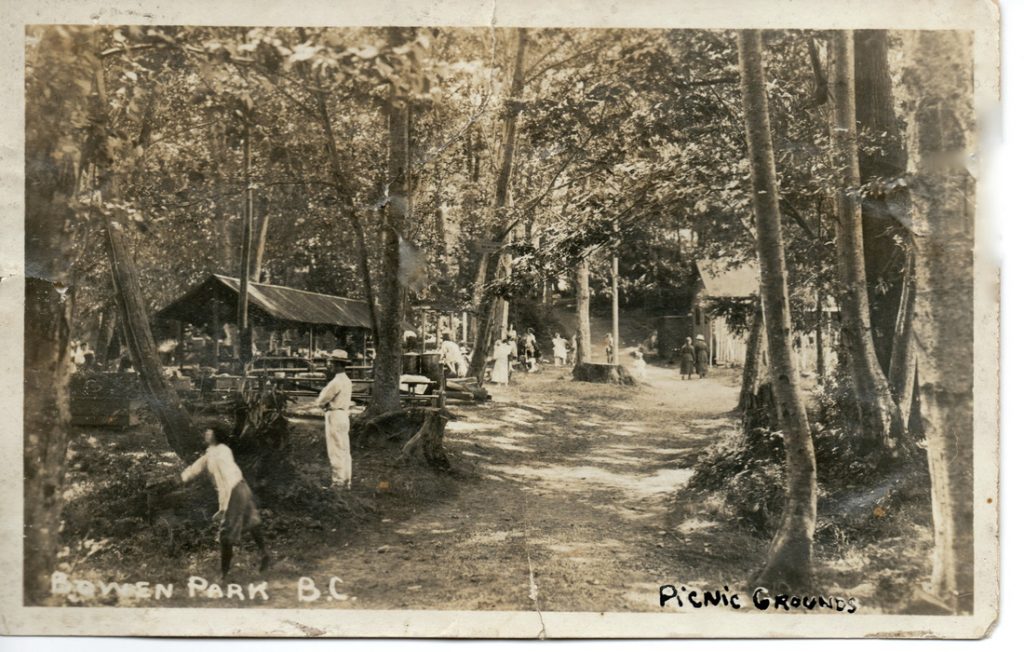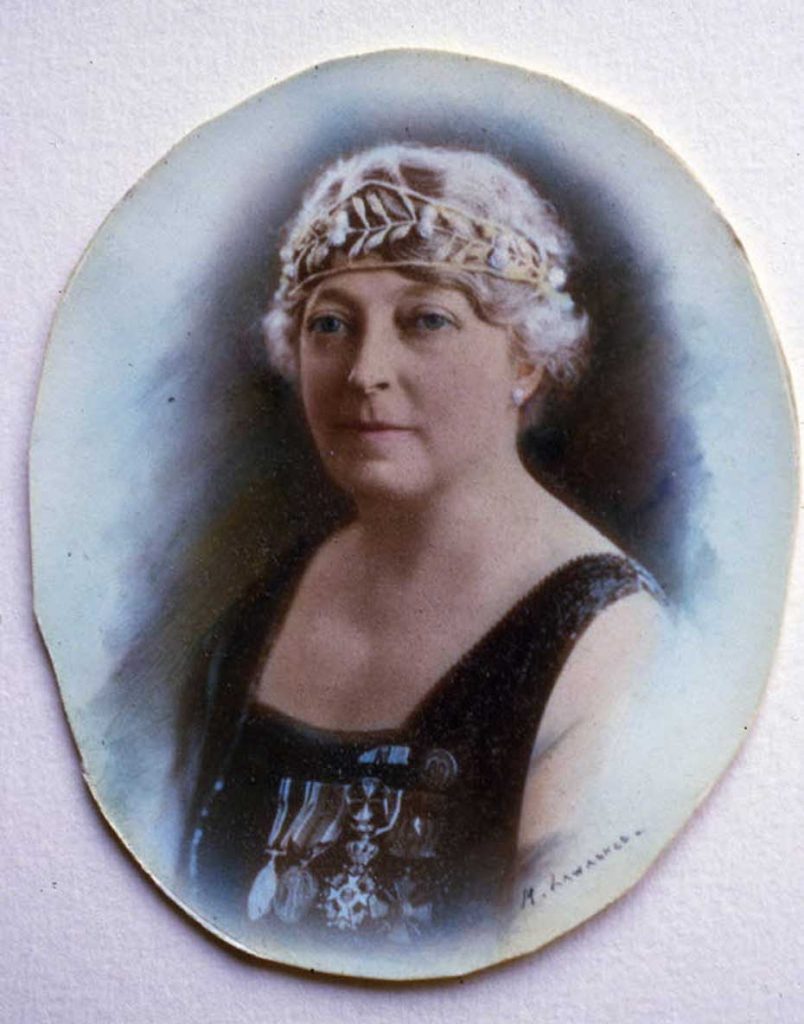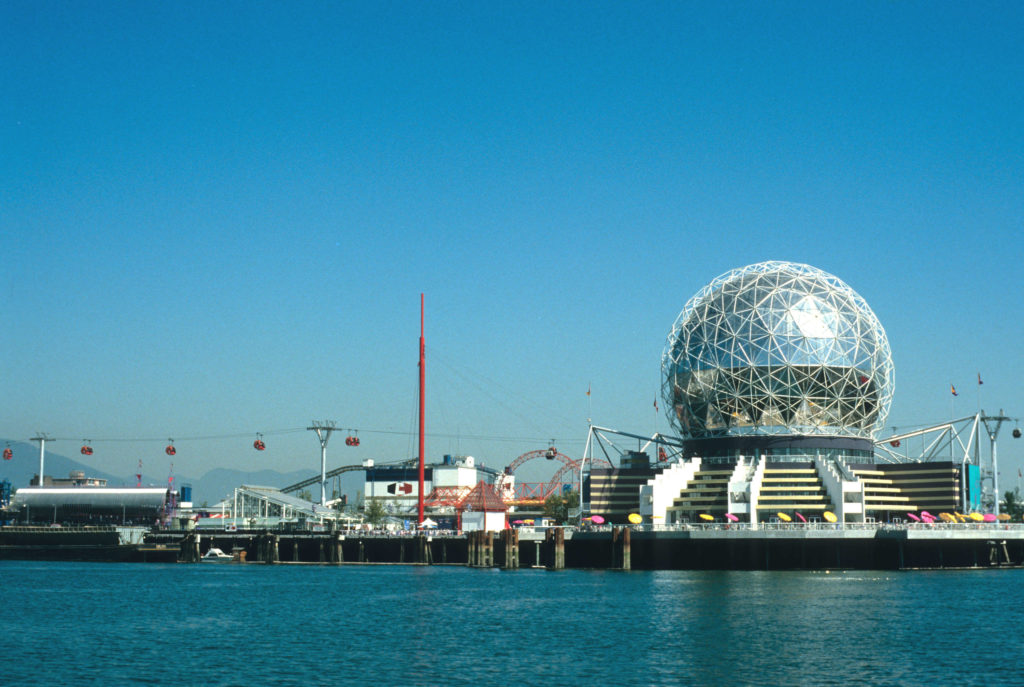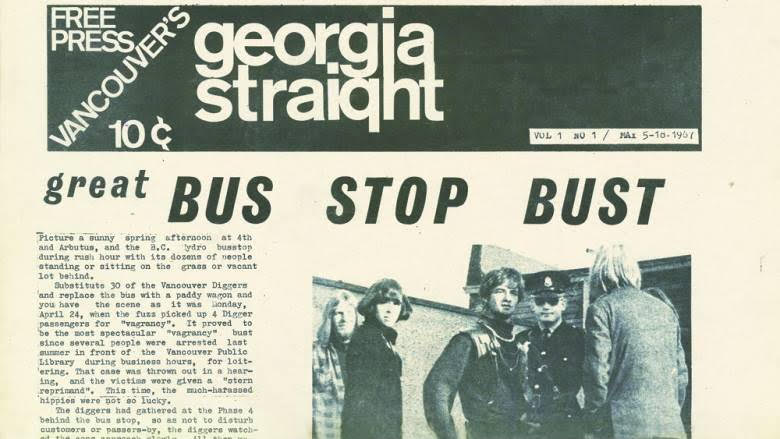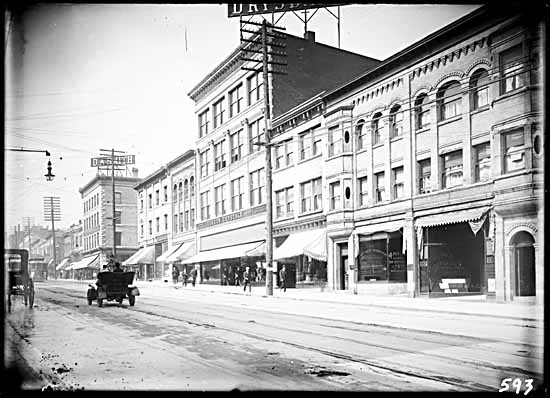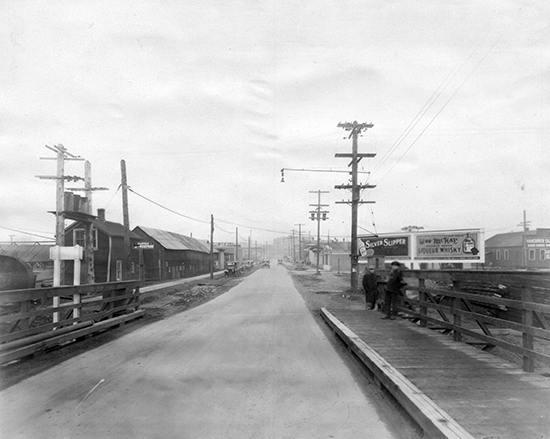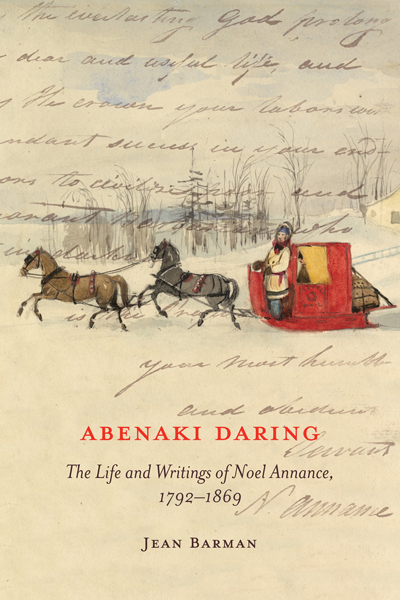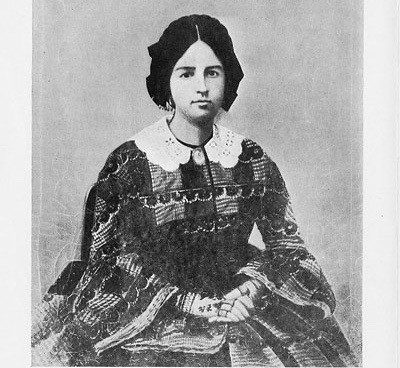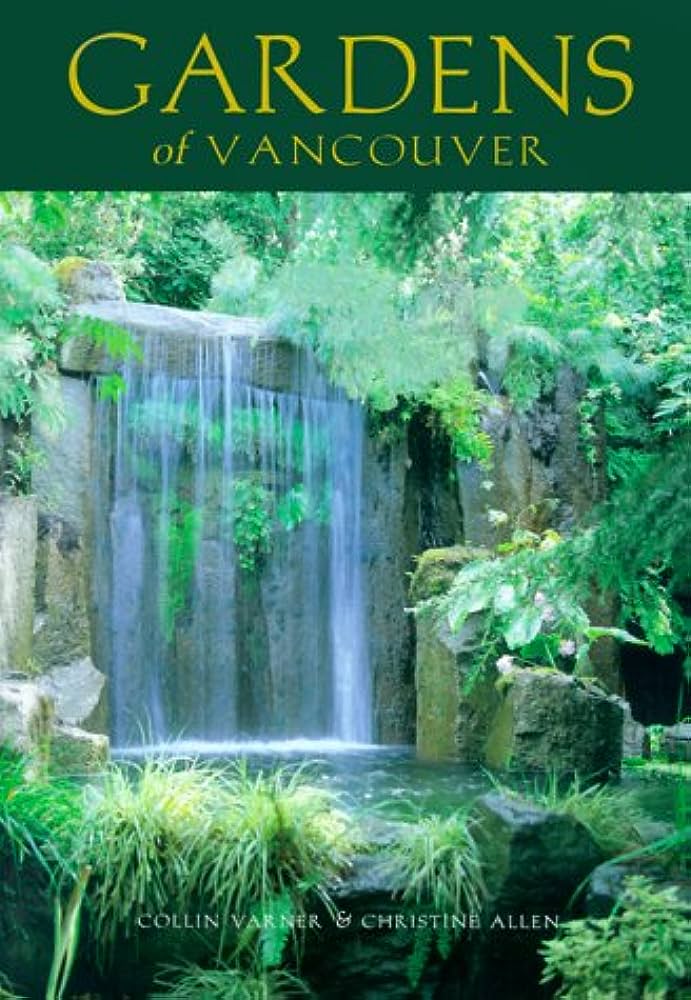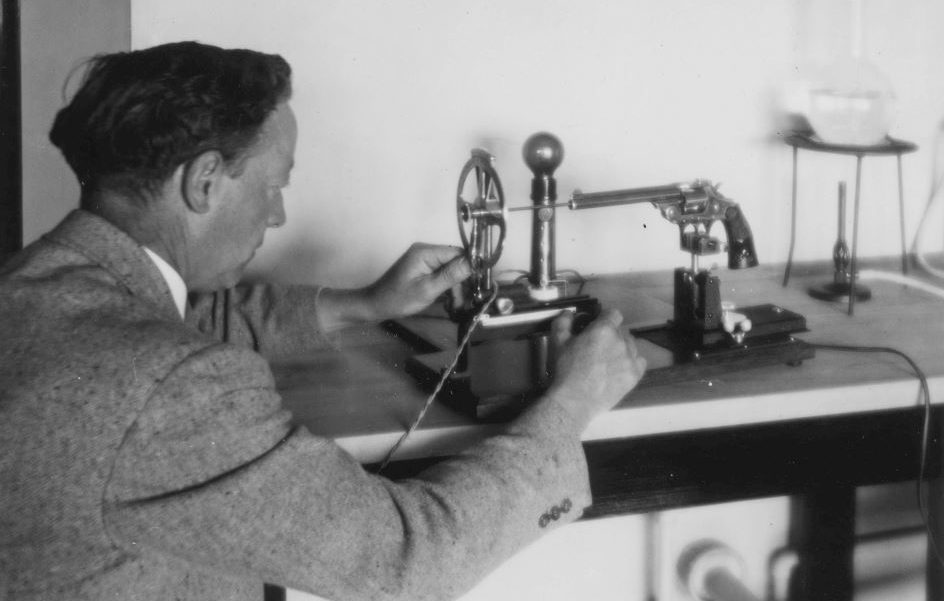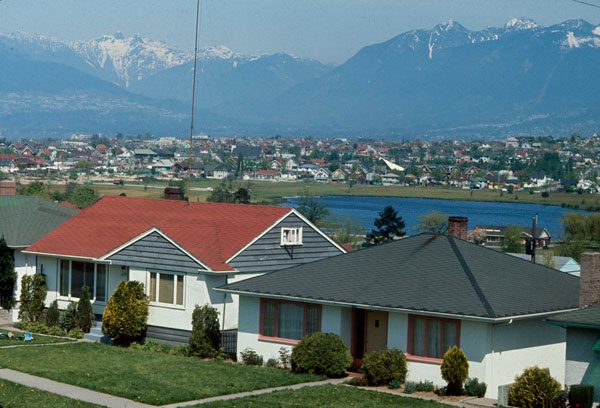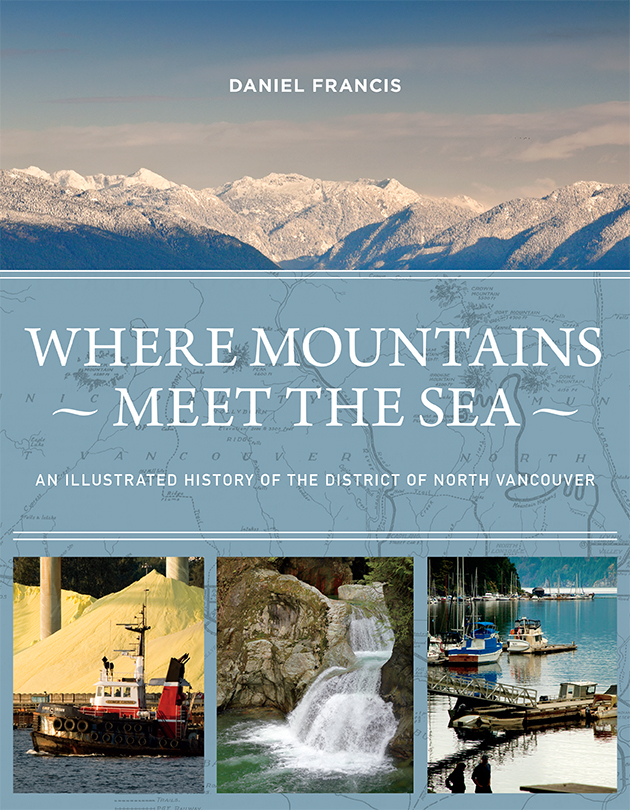Summaries of Talks and Field Trips - 2018
Glimpses of the Past through description, related books and internet connections
In the Metropolitan Shadow: Bowen Island
The phrase “no island is an island,” as historian Carlo Ginzberg applied to England, is particularly apt for Bowen Island. Part of the traditional territory of the Squamish people, Bowen is the Gulf Island nearest Vancouver. In the early twentieth century some of Vancouver’s wealthiest families established summer retreats on the island; and for over half a century each summer weekend hundreds of families boarded steamships in Coal Harbour for day trips to the picnic grounds of Snug Cove. In the 1950s a car ferry introduced commuters to Bowen, making city ties tighter than ever, but in 1969 a developer’s plan to convert the Snug Cove area into a densely settled suburb opened a protracted debate that revealed conflicting visions of the island’s future. The tension between preserving Bowen Island as a retreat from the city and giving in to metropolitan development pressures persists to the present day.
Jack Little is a Professor Emeritus in the History Department at Simon Fraser University. His most recent book is Fashioning the Canadian Landscape: Essays on Travel Writing, Tourism, and National Identity in the Pre-Automobile Era.
The Extraordinary Life of Julia Henshaw
Born in England, Julia Wilmotte Henshaw was privately tutored in languages and literature at home and abroad (including France and Germany). At the South Kensington School of Art she refined the skills later used to illustrate her own writings on North American wildflowers.
She moved to Montreal where in 1887 she married investment broker Charles Grant Henshaw. For several years she contributed to the Montreal Star and Gazette until 1890 when she moved to Vancouver with her husband and baby daughter. She first joined the staff of the Weekly Province and then, from 1900 to 1910, she edited the Sunday page of the Vancouver News-Advertiser.
In 1910, the same year that she hiked to the summit Asulkan Pass in Revelstoke, she began work mapping the interior coast of Vancouver Island, for which she was made a Fellow of the Geographical Society.
An ambulance driver in France, she was awarded the Croix de Guerre with gold star, and numerous other Canadian, British, and French military awards. On account of her Red Cross work at home and overseas, she earned the rank of captain.
She wrote two novels while she was still in her twenties. She also published two histories—one on New Westminster and the other on Vancouver. Perhaps her most enduring work, however, is her botanical writing. Julia published her last books on wildflowers of North America. Widowed in 1927, Julia died in 1937 while living in Caulfeild, West Vancouver.
Michael Kluckner is an author-artist whose publications include Vanishing Vancouver (1990), Vancouver Remembered (2006), and the graphic novel Toshiko (2015). His most recent work is the graphic biography Julia, published in 2018.
Housing Vancouver, 1972-2017: The Long View on a Present Crisis
In 1972 Vancouver was in transition, moving from an industrial to a post-industrial city, and from a settlement expressing British connections to a metropolis where 1960s immigration reforms were creating a more cosmopolitan population. It was also a city where political reform sensibilities converged for a brief moment, showing what might be achieved with a common political will. Gentrification was a novel term. By 2017 Vancouver had become a gateway city for flows of global capital and labour, and housing an investment asset. A growth coalition bound politics and the property development sector. Government has seen its role to be expediting these flows, while turning a blind eye to community costs and real estate irregularities. In historic perspective, what is new about the current housing crisis? Are events in Vancouver unique? Who is responsible for the present dysfunction? Are there any answers? What, if anything, can we learn from the more idealistic 1970s?
David Ley was Professor of Urban Geography at UBC from 1972-2017. His last book, Millionaire Migrants, was a study of the wealthy migrants who moved from East Asia to Canada, especially Vancouver, after 1986. His current book project is entitled Housing Bubbles in Five Gateway Cities.
Tour of Kitsilano - Field Trip
On Wednesday, May 15, 1886, Lauchlan Hamilton, a City of Vancouver Aldermen and the CPR Land Commissioner began to stake out and survey what would become Granville Street. It is still today one of Vancouver’s pre-eminent ‘high streets’ reflecting many elements that define the city.
Through the years Granville Street has served as a transit hub, a shopping destination, an office, hotel and entertainment district and a cultural and neon mecca. Granville Street’s heritage buildings are primarily from the 1909–1915 building boom, with some notable examples of buildings built between 1929 and the 1940’s. A key Council decision in the early 90’s reduced the permitted height from 300 feet to 90’ on the blocks south of Robson Street resulting in the retention of almost all of the historic buildings that existed on these southerly blocks at that time.
Tour of Granville Street
On Wednesday, May 15, 1886, Lauchlan Hamilton, a City of Vancouver Aldermen and the CPR Land Commissioner began to stake out and survey what would become Granville Street. It is still today one of Vancouver’s pre-eminent ‘high streets’ reflecting many elements that define the city.
Through the years Granville Street has served as a transit hub, a shopping destination, an office, hotel and entertainment district and a cultural and neon mecca. Granville Street’s heritage buildings are primarily from the 1909–1915 building boom, with some notable examples of buildings built between 1929 and the 1940’s. A key Council decision in the early 90’s reduced the permitted height from 300 feet to 90’ on the blocks south of Robson Street resulting in the retention of almost all of the historic buildings that existed on these southerly blocks at that time.
Tour of Marpole
Marpole was home to the Musqueam for thousands of years and one of the earliest sites of non-native settlement in Vancouver. John Atkin gave a tour of Marpole focusing on early industry, a former Japanese settlement, and the community that developed around the Interurban station at the foot of Hudson Street.
Morag MacLachlan's Legacy: The Story of Noel Annance
Historian Jean Barman spoke of the quest to illuminate the life history of Noel Annance, a 3/4-Indigenous Abenaki-White fur trader who is the namesake of Annacis Island in the Fraser River near New Westminster. Annance was well-educated but his Indigenous ancestry thwarted his dreams of advancing within the fur trade hierarchy, and later as a teacher when he returned to his native Quebec.
An Abenaki born in St Francis, Quebec, Noel Annance (1792-1869), by virtue of two of his great-grandparents having been early white captives, attended Dartmouth College in New Hampshire. Determined to apply his privileged education, he was caught between two ways of being, neither of which accepted him among their numbers.
Despite outstanding service as an officer in the War of 1812, Annance was too Indigenous to be allowed to succeed in the far west fur trade, and too schooled in outsiders’ ways to be accepted by those in charge on returning home. Annance did not crumple, but all his life dared the promise of literacy on his own behalf and on that of Indigenous peoples more generally. His doing so is tracked through his writings to government officials and others. Annance’s life makes visible how the exclusionary policies towards Indigenous peoples, generally considered to have originated with the Indian Act of 1876, were being put in place upwards to half a century earlier.
Emily Patterson: The Heroic Life of a Milltown Nurse
When Emily Patterson arrived in the Pacific Northwest with her husband and children in 1862, she found herself worlds away from Bath, Maine, the staunchly pious township of her birth. Up the remote reaches of Vancouver Island’s Alberni Canal, Emily learnt much about self-reliance in a fledgling milltown where pioneer loggers and the native Tseshaht community shared an often tempestuous co-existence.
In search of their ideal homestead, the Pattersons next travelled to Oregon’s fertile Willamette and Columbia River regions, confronting both joy and tragedy along the way. After many years, their quest finally led them to Burrard Inlet, where the sawmilling communities of Hastings Mill and Moodyville dueled for lumber supremacy.
Emily gained wide recognition amidst the hard living mill workers for her extraordinary nursing skills, self-taught from sheer necessity over the course of her nomadic life. In a time when the nearest doctor was several hours of travel away, Emily served as a midwife and lay nurse to both Indigenous and pioneer residents of Burrard Inlet.
Through vivid prose and 70 photos, Lisa Anne Smith brought to life this fascinating era of Pacific Northwest history through the eyes of an intrepid pioneer nurse.
Growing City: The Evolution of Vancouver Gardens
Is there a typical Vancouver garden? Was there one at any time in the past? Author Christine Allen looks back through the photographic record to analyze the gardening preferences of the city’s residents, explaining fashions in landscaping, plantings of orchards and vegetable gardens, and trends such as English Cottage and Asian. The talk mentions avid gardeners including “sugar king” B.T. Rogers and influential landscapers such as Raoul Robillard.
Christine Allen is the author of “Gardens of Vancouver” (Raincoast, 1999) as well as books on roses, climbers, and the large garden she created on a farm in South Langley. She is a Master Gardener and a long-time volunteer at VanDusen Garden.
UBC at 102 – Tales from the Ivory Tower
Providing a broad overview of British Columbia’s oldest and largest university, Professor Rosengarten detailed the key administrative decisions and ambitious leadership that shaped UBC’s historyas well as the impact on UBC of wars, the Depression and social change, including the effects of internationalization and Canadian multiculturalism, and the growth of the research culture in North American post-secondary education.
“Today UBC is unquestionably a leading centre of research and learning, consistently ranking among the top 35 research-intensive universities in the world,” Rosengarten says. “But it has not forgotten that it is The University of British Columbia, founded by and developed for the citizens of this province.
“Indeed, UBC has grown into a major university by fulfilling the hope of its first President, Frank Wesbrook, that it would be ‘the people’s university.’ In our overview of its history, we have tried to show how UBC’s success is grounded in its responsiveness to the community it serves and its ambition to provide British Columbians with an institution they can be proud of.”
*Vancouver Incorporation Day Luncheon
Blood, Sweat, and Fear: the Story of Inspector Vance, Vancouver’s First Forensic Investigator
Heralded internationally as the Sherlock Holmes of Canada, John F.C.B. Vance was Vancouver’s first forensic investigator. During his 40-year career (1907-1949) Vance was constantly called upon to use his skills in serology, toxicology, firearms, trace evidence and autopsy to solve hit-and-run, robberies, and some of the most sensational murder cases of the twentieth century. His skills and analytic abilities were so effective that there were seven attempts on his life, and for a time, he and his family were under constant police guard. Vance was on the forefront of forensics, often inventing his own equipment when none was available. In 1932 he was given the honorary title of Inspector and put in charge of the newly formed Police Bureau of Science.
The Death and Life of the Single-Family House
In his 2016 book, The Death and Life of the Single-Family House, sociologist Nathanael Lauster explains how residents in Vancouver – recognized as one of the most ‘livable’ cities in the world – have attempted to make themselves at home without a house. Building on historical and interview data, Lauster has painstakingly studied the city’s dramatic transformation to curb sprawl. He tracks the history of housing and interviews residents about the cultural importance of the house as well as the urban problems it once appeared to solve. Although Vancouver’s built environment is unique, Lauster argues that it was never predestined by geography or demography. Instead, regulatory transformations enabled the city to renovate, build over, and build around the house.
Where Mountains Meet the Sea
Jan 25, 2018 MoV Daniel Francis
Originally part of the territories of the Tsleil-Waututh and Squamish Nations, the community of North Vancouver predates Vancouver as the earliest European settlement on Burrard Inlet. For several years Moodyville was the “capital” of Burrard Inlet. Boosters even thought that the North Shore might become the terminus for the transcontinental railway. Instead North Vancouver had a more measured history, characterized by industrial development along its waterfront, residential development up its mountain slopes and recreational development in its backcountry.
In this well-illustrated talk based on his book Where Mountains Meet the Sea commemorating the 125th anniversary of North Vancouver District, historian Daniel Francis describes how the community evolved from a frontier sawmill village into a modern urban centre marked by its location midway between the mountain wilderness and the third largest city in Canada.


